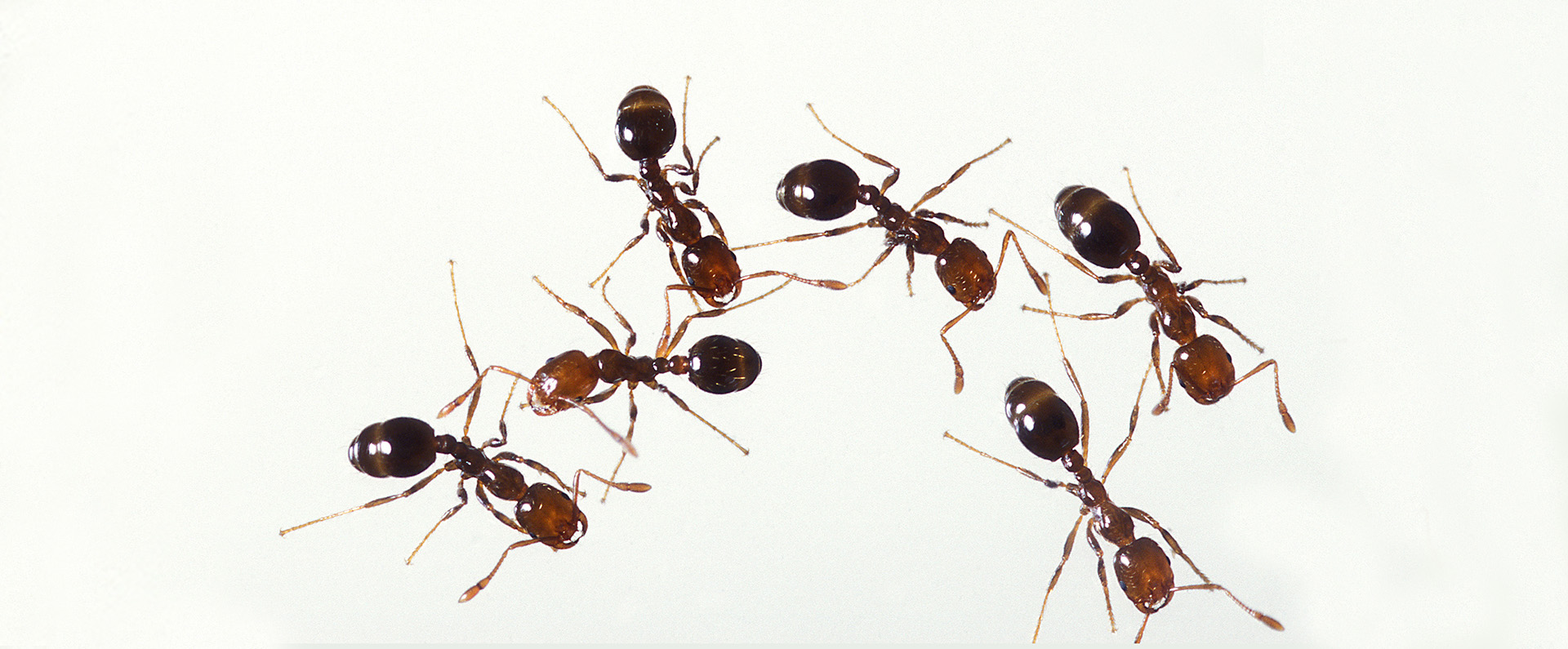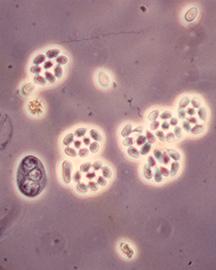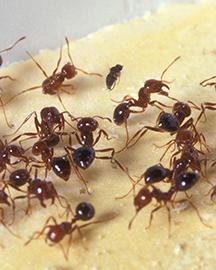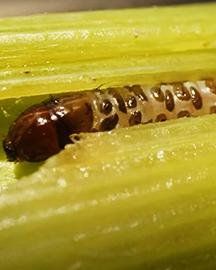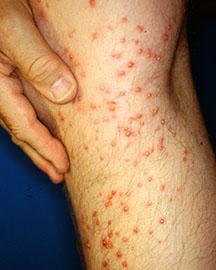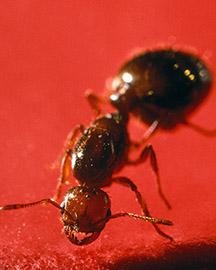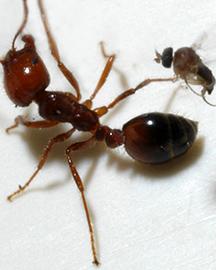Stamping Out Fire Ants
Fire ants are a menace to humans, animals, and agriculture. They reduce crop yields, injure livestock, damage farm and electrical equipment, and put human lives at risk when stung, from allergic reactions to their venom. Fire ants currently infest about 350 million acres, with up to 60 colonies per acre and each colony can have more than 200,000 workers. They reproduce during mating flights that distribute millions of new queens several times a year; this makes eradication nearly impossible. Fortunately, researchers from the Agricultural Research Service (ARS) are working on a variety of innovative, diverse strategies to control the spread of fire ants. Learn more below:



